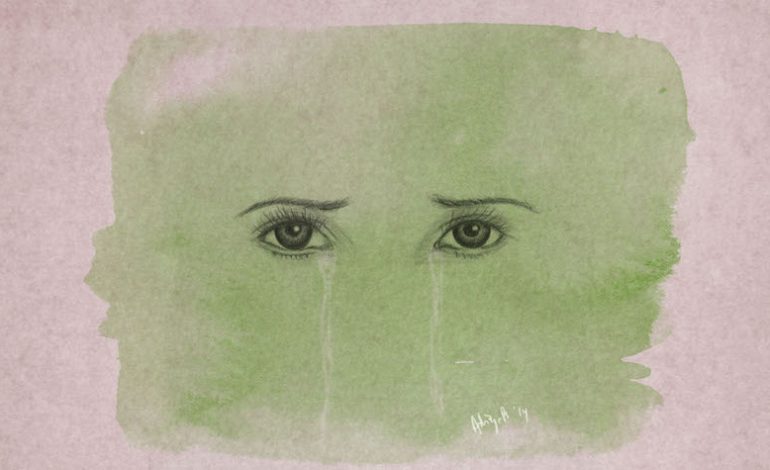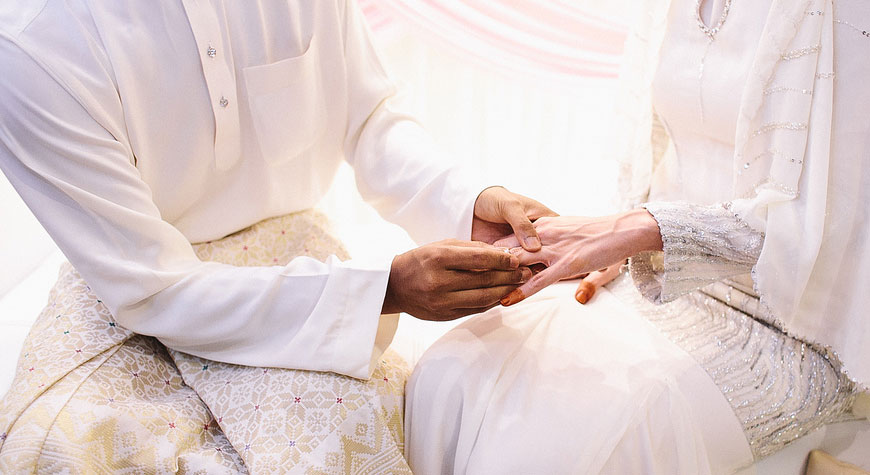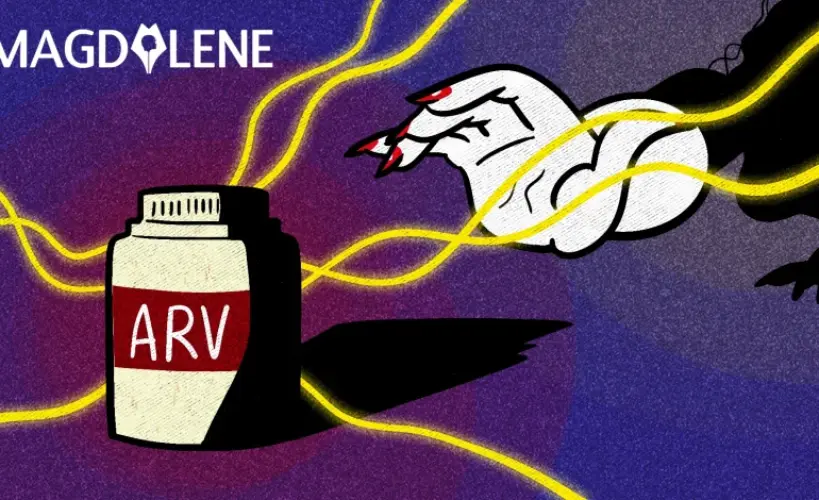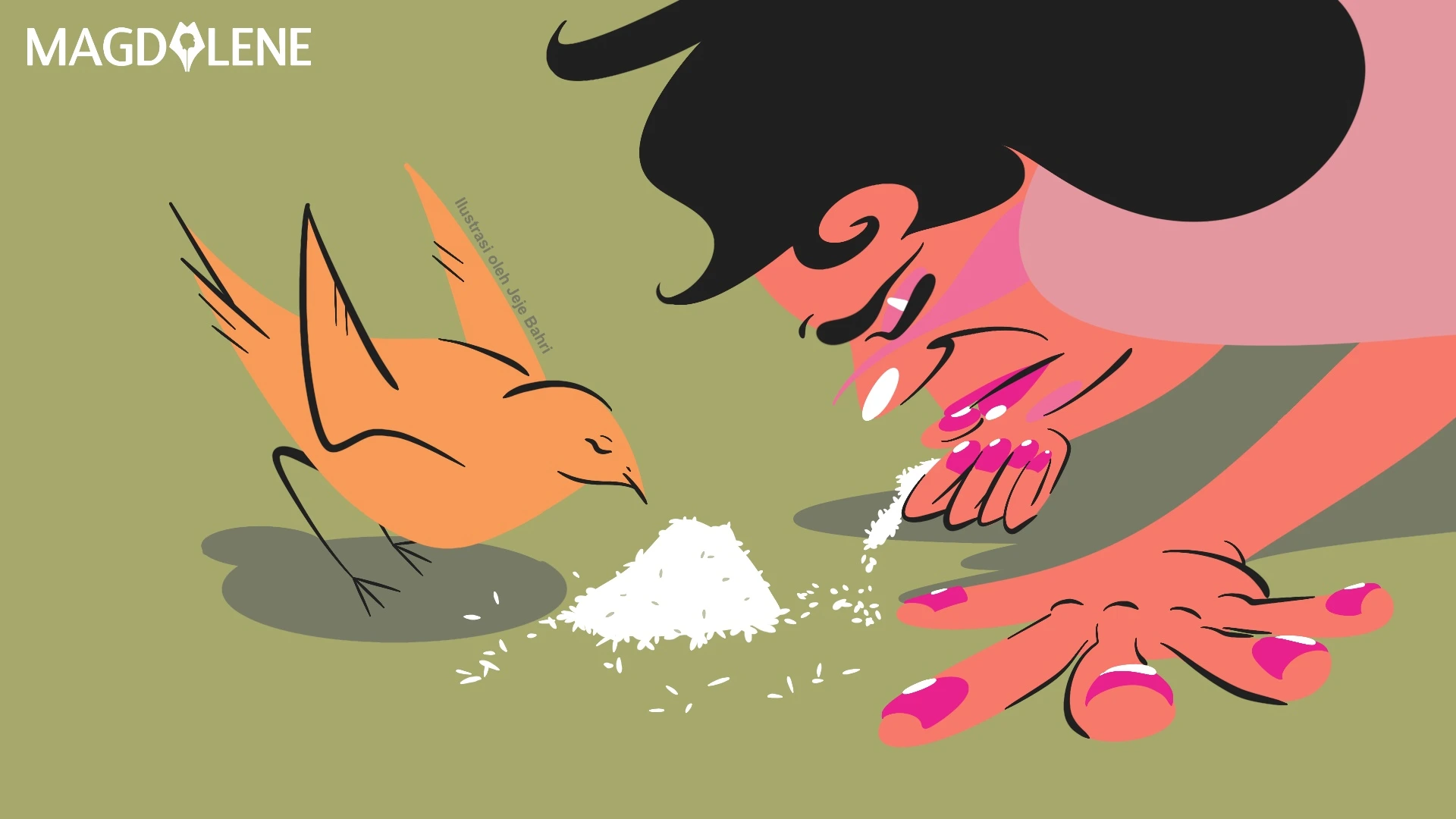Menstrual Cup and Our Obsession with Hymen
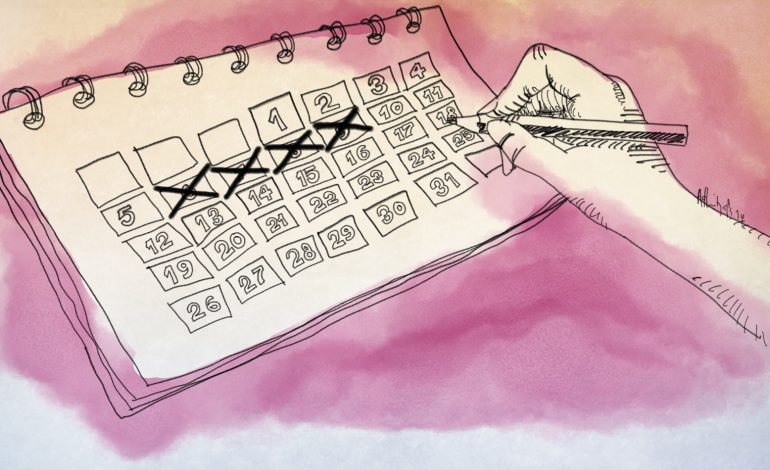
On the 20th anniversary of my period, I am proud to say that I have successfully transitioned from using disposable pads to menstrual cups.
I am at that period (pun intended) in life when I started carrying reusable bags to the supermarket and replacing my usual night cream with jojoba oil, so it feels only natural to expand the green evolution down there.
I gave myself about five days to practice before my cycle began, and voila – I became one of those women who could not stop raving about how good menstrual cups are. Like these women, the biggest question that came into my mind was, why didn’t I discover this sooner?
Why did I spend 20 years using something that feels bulky, is bad for the environment, and quite possibly contains health risks? Not to mention something that has to be repurchased every single month, as if it isn’t troublesome enough for me to run out of toothpaste or shampoo?
These questions took me back to at least 18 years ago, the earlier years of my period.
Like many other young girls in Indonesia, I was introduced to disposable pads as a default mean of managing my period. I had a friend who said that she had to use cloth pad because she was allergic to disposable pads; but apart from that very special case, cloth pad seems to be a thing from the past. Something my mother used when she had her first period, which she had gotten over when disposable pads were introduced to the market.
By the time I had begun reading Australian teen magazines such as Girlfriend and Dolly, and through these magazines I discovered that there are alternatives to disposable pads, such as tampons.
I asked my mother about the possibility of using tampon. She said no. Because she had heard cases about it being lost inside the body, as if the cervix was non-existent and the uterus was a black hole where things just disappear.
As absurd as it sounded, I would not blame my mother for believing in such myth. She, too, had been a victim of decades (centuries?) of taboo surrounding conversation about the female reproductive system, a taboo that has led to various misinformation about menstruation.
Just how bad these misinformation is? Well, my sister’s classmate in high school told her that menstrual blood can be used to cure zits. You just have to slap it to your cheek every night. That’s how bad the misinformation is.
Obsession with virginity
Although it had existed for decades, menstrual cup has only started to take off in recent years, together with the rise of environmentalism and reports about possible health threats carried by tampons and pads.
Among Indonesian women, I have begun to see curious conversation on social media about switching to menstrual cup or returning to cloth pad. Some local businesses have even started producing cloth pads, though we are still yet to see any locally produced menstrual cups.
But while I generally feel optimistic about the possibility for Indonesian women to leapfrog from disposable to reusable menstrual care products, I also worry about possible setbacks.
Let us take a look at the case of tampons. Despite its environmental and health risks, tampons are still a relatively more convenient and liberating option compared to disposable pads. But its use never took off in Indonesia, thanks to our obsession with hymen as a symbol of virginity.
Some of us who have had the privilege to learn from written sources may be aware that the correlation between the hymen and virginity is more mythical instead of scientific. To many, however, the hymen, is still is seen as a representation of the concept of virginity. It has to be kept intact, so using tampons, for young (unmarried) Indonesian women, is an absolute no-no as it may tear that fragile tissue, so the thinking goes.
So what if this product allows girls to move more freely and even swim during their period, allowing the period to be just a little more bearable so that they can all move on with life? All that matter is that their hymen must remain intact, even if it means sacrificing their comfort and convenience.
I might be overthinking, but seeing how this country has become more conservative each day, I am afraid that someone may notice the rise of menstrual cups’ popularity and slam it for “taking girls’ virginity away.” And once again young Indonesian women would lose the opportunity to choose the best options for managing their menstruation.
Because the benefits of using menstrual cup stretches beyond environmental and health. It is also by far the most economical solution in managing period. A single cup costs around Rp 350,000-Rp 650,000. It is costly enough to take the breath of a middle-class woman like me away. But in the long run, the cost would actually be about the same as using disposable pads and tampons, plus the benefit of not having to repurchase the product every single month.
I think of women and girls who are less privileged than myself, and how they are supposed to manage their period in a convenient, comfortable, and healthy manner with their limited resource. Reusable products will work well for them, especially if there was a scheme or project that could help them with the upstart cost of getting a menstrual cup.
Popular brands of menstrual cups such as Ruby Cup actually implement this scheme. Ruby Cup claimed that for every menstrual cup purchased, it is donating one for girls and women in developing countries such as East Africa, Nepal, and Ghana who had no access to menstrual care products. The program also comes with training and mentoring on reproductive health by their partners.
While more needs to be studied about the efficacy of such program, I have a hunch that a similar program might be good for women and girls in Indonesia, not only for providing them with a healthier, more economic mean to manage period, but also the education that comes with it.
Let’s hope that our generation will be the last to have their comfort, convenience, and health be sacrificed for something as mythical as the hymen as a symbol of virginity.
Anisa Menur Maulani is a senior writer at a Singapore-based online resource portal for tech startups. She also writes poems and performs them in slam poetry events in Indonesia. Her works had been published by Jakarta Globe, Internal Voices, Murmur Journal, and Markas Sastra.

